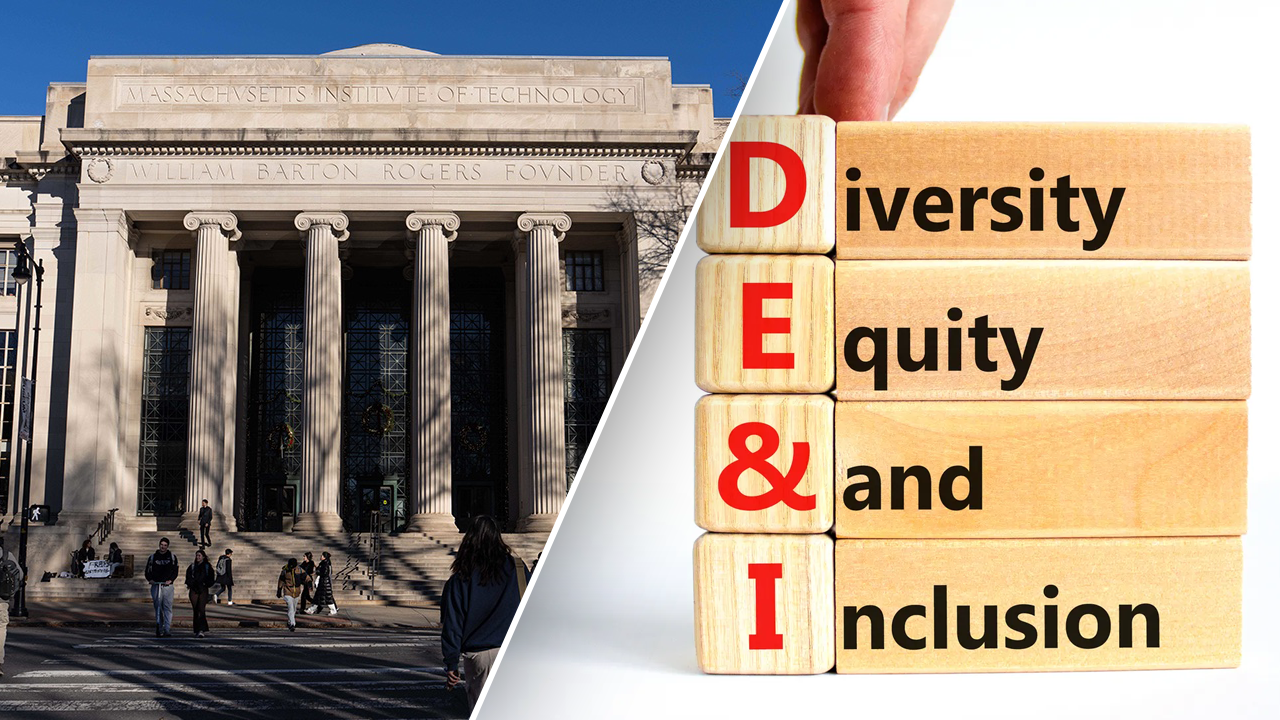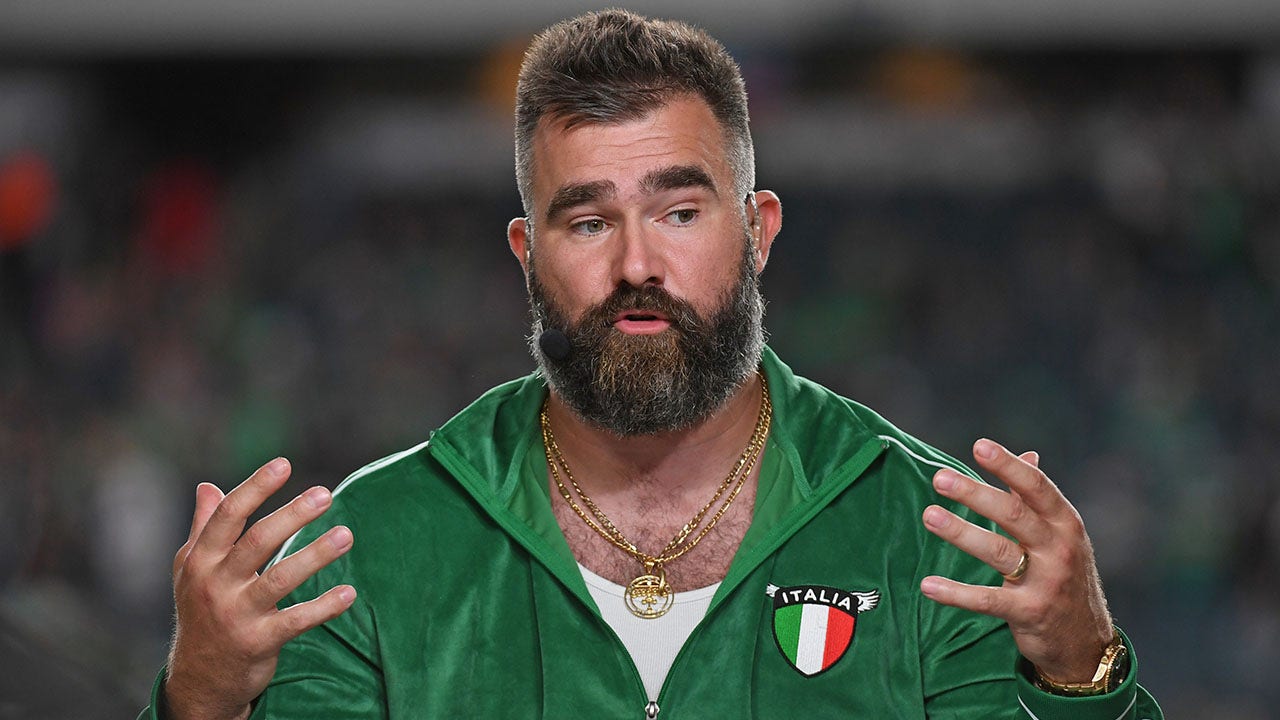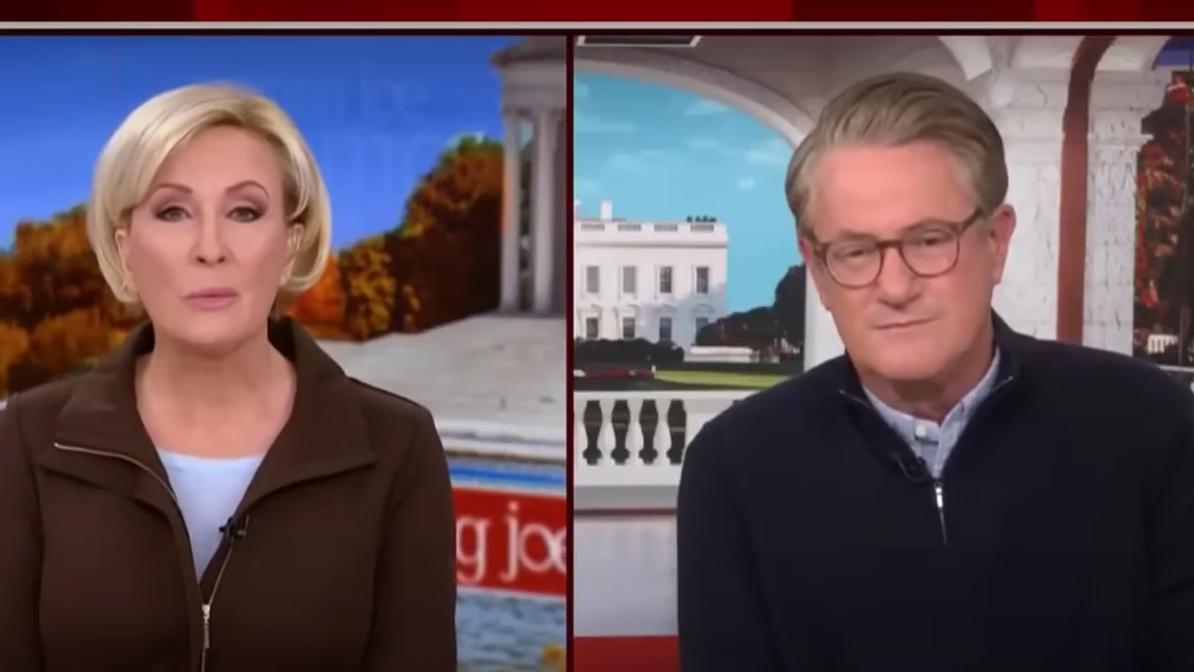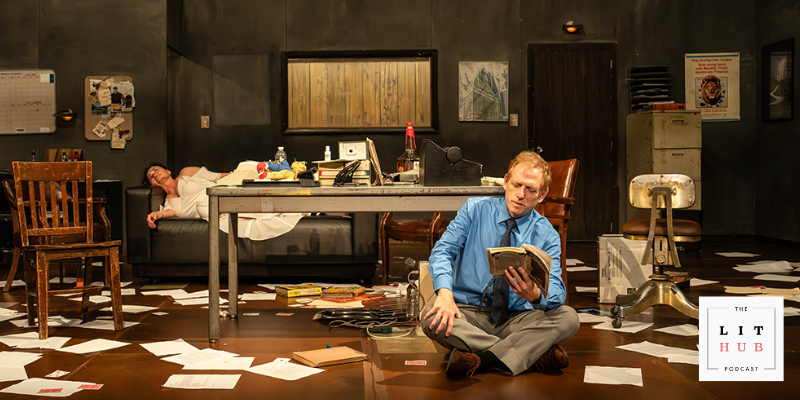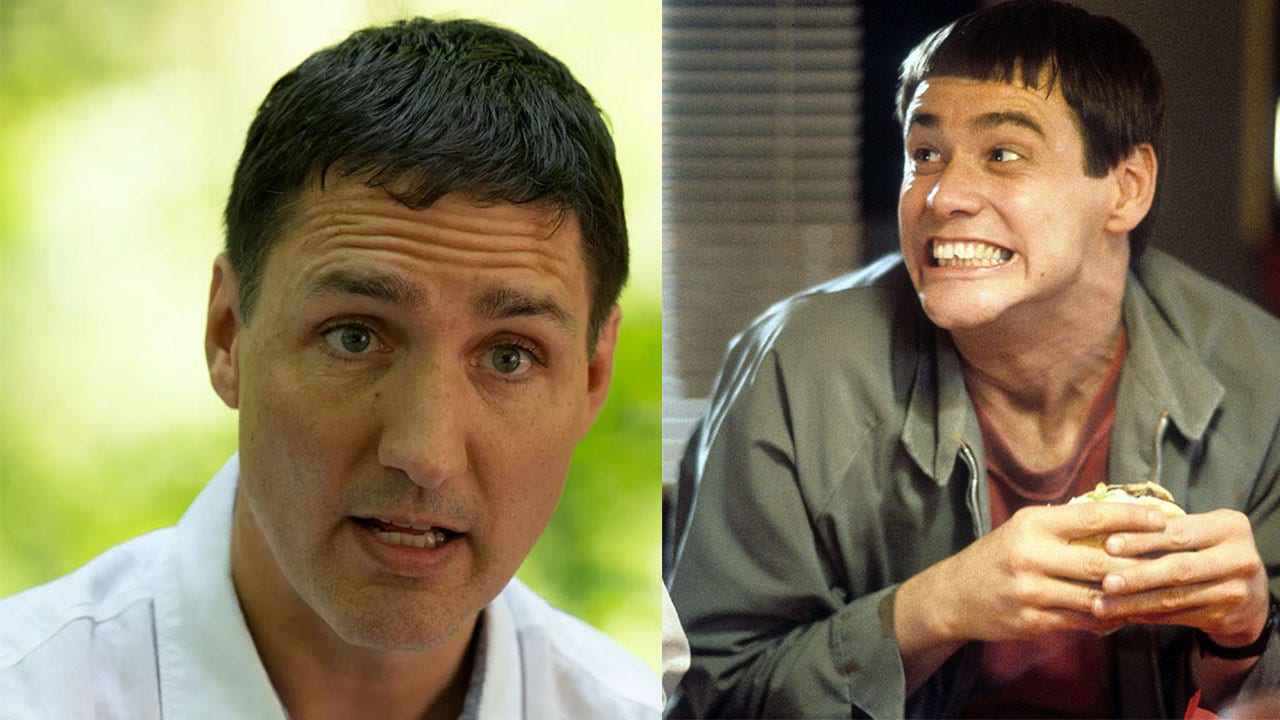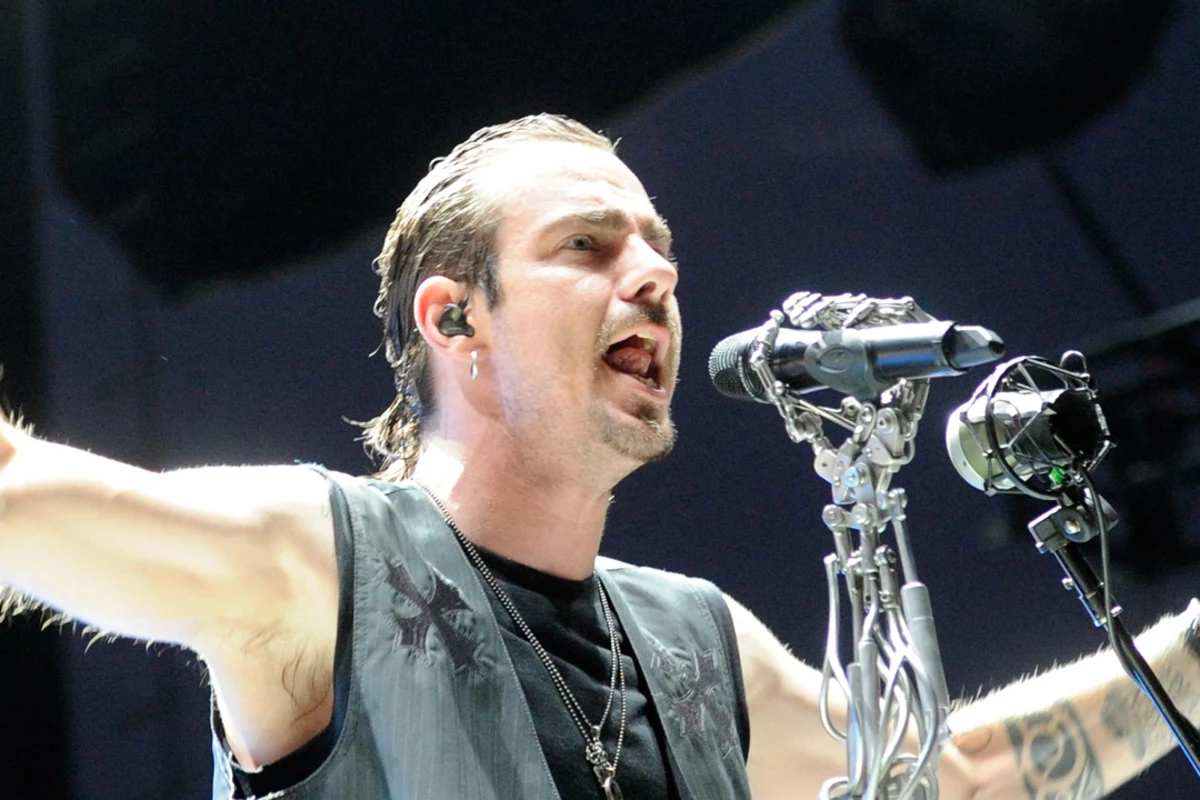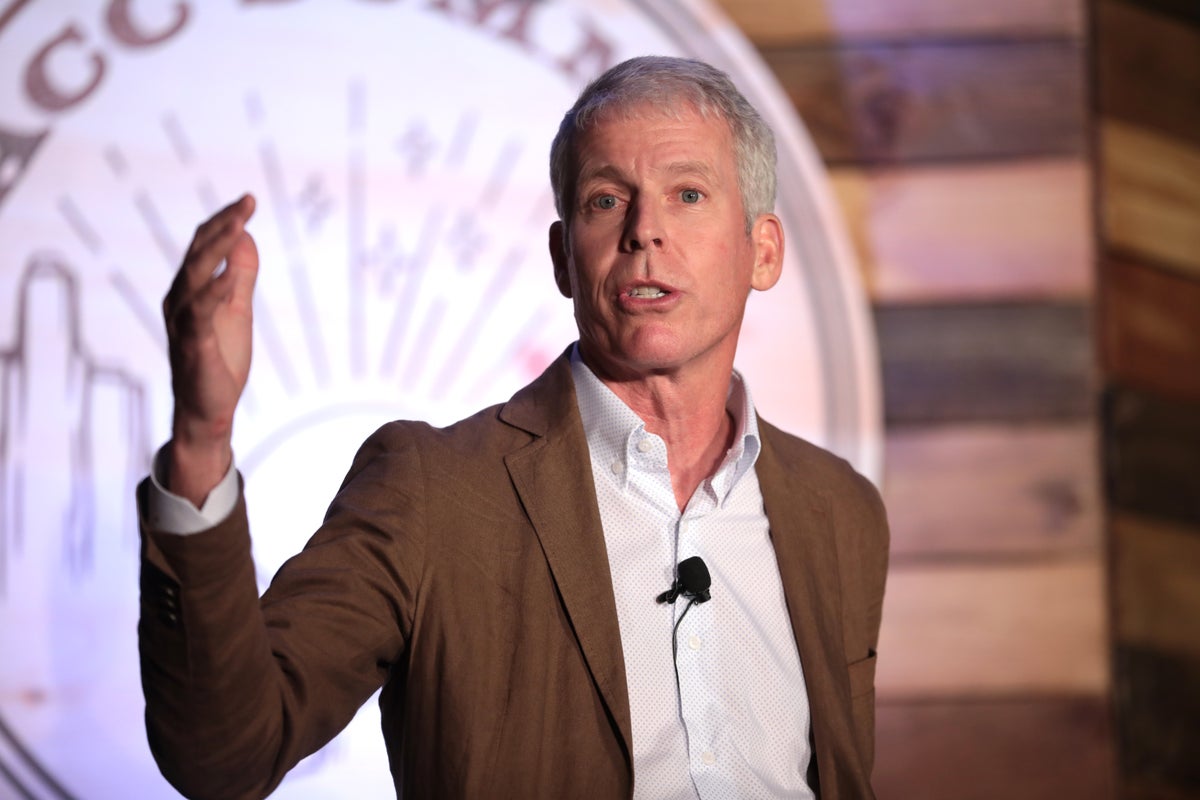Writer-director James Gray re- created elements of his childhood for Focus Features’ Armageddon Time, set in 1980 Queens. Banks Repeta plays Paul Graff, the onscreen avatar for Gray: an aspiring artist whose rambunctious behavior infuriates his parents (played by Jeremy Strong and Anne Hathaway) but delights his aging grandfather (Anthony Hopkins). The latter supports young Paul in his creative pursuits and, when Paul admits that his classmates use bad words to describe his Black friend Johnny (Jaylin Webb), orders his grandson to “be a mensch” and stick up for those who are not in a position to defend themselves.

James Gray
Dia Dipasupil/WireImag
Gray naturally turned to his own family history when crafting this personal tale, poring through photo albums that he says offered “a moment frozen in irretrievable time — both sad and beautiful at the same time.” Armageddon Time is imbued with melancholy and nostalgia, with the wide-eyed Paul experiencing firsthand the privilege he possesses that his friend Johnny does not. Like Federico Fellini’s Oscar-winning Amarcord, which Gray cites as a cinematic influence, the film serves as both a remembrance of things past and a reflection of the darkness that may befall its characters after the closing credits. (A not-so-subtle nod to our current political era occurs when Jessica Chastain’s Maryanne Trump, sister to Donald, delivers a speech to Paul’s elite private school about work ethic and ambition that drips with Reagan-era conservative rhetoric.)
Speaking with THR, Gray shares the childhood musical obsessions that made their way into his coming-of-age film, as well as the New York-centric artistic movement that has long inspired the visual details of his filmography.
“Rapper’s Delight”

“Rapper’s Delight”
COURTESY OF SUGAR HILL
Gray remembers the first time he heard the 1979 song that introduced hip-hop to mass audiences. “The lyrics are hilarious. My friends and I were giggling, howling with laughter while listening to it,” he says. He transposed that memory into the film, with Paul and Johnny rapping along to the song and dreaming of seeing Sugarhill Gang in concert.
The Ashcan School

The Ashcan school
COURTESY OF NATIONAL GALLERY OF ART
This movement in the early 20th century saw painters depicting scenes of daily life in New York (such as this painting by Robert Henri, Snow in New York), often in the city’s poorest neighborhoods. “It’s very much how I like to light my films: a lot of top light and very moody, dark parts of the set,” says Gray. “It dictates the looks of the films I like to see and to make.”
Federico Fellini’s Amarcord

Amarcord
COURTESY EVERETT COLLECTION
This nostalgic film “looks at the world in a very unjaundiced way,” says Gray. “Amarcord is a remembrance in which he expresses great love and humanity, but also a kind of anger that the characters did not recognize the catastrophe in their midst, which was Mussolini.” The presence of Maryanne Trump, Donald Trump’s sister, in Gray’s film is a nod toward things to come: “We had our own version of someone who tried to be Mussolini. We’re not above it.”
The Clash

The Clash
Lisa Haun/Michael Ochs Archives/Getty Images
Gray always associates the English rock band with his native city “in a way that I probably shouldn’t, but there’s something about them that feels connected to New York somehow.” He also admits he was intimidated when he first heard the band. “Hearing Joe Strummer’s voice, the anguish is palpable, and the level of danger — I felt sick.” The band’s cover of Willie Williams’ “Armagideon Time” also inspired the film’s title. Gray admits he tried using Williams’ “more upbeat” version in an early edit. “It [sounded] ridiculous because the movie was so goddamn dark.”
This story first appeared in a Jan. stand-alone issue of The Hollywood Reporter magazine. To receive the magazine, click here to subscribe.

